App review tools for product managers
Published 24th November, 2016 by Stuart Hall
Appbot's offers app review tools for product managers including automated, custom reports on app rating, review sentiment and more.
Appbot can save you hours each month by automating the production of beautifully formatted, interactive PDF reports.Whilst each company has it's own areas of specific focus there are many reports that are heavily used by the majority of app product teams. We get to talk to a lot of different product managers at Appbot and get great insights into their reporting requirements.
Mobile app reporting requires a number of different app review tools. Bringing together the information from different services is what makes a great report.
In this post you will learn what product managers typically cover in their regular reports
- Downloads
- Revenue
- Reviews, Ratings & Sentiment
- Engagement & retention
- Update / release reporting
- Reply statistics
- Acquisition
- Roadmap
Want to use the ultimate app review monitoring, tracking, and reply tool?
Join over 25% of the Fortune 100 and 35% of the top charting app developers using Appbot.
Try Appbot, free for 14 days →Appbot can help with insights into several, but not all, of these areas. The details you'll usually find in each section are outlined below...
Downloads
Apps are such a chicken and egg problem. Downloads drive downloads. Downloads mean nothing without retention, engagement, and monetization. Still, downloads are the most important factor in rankings in top charts and search results.
Typical reporting includes:
- Total downloads for the period
- % change on the last period
- % change on the same period for the previous year
- Breakdown by country

There are many great services that provide download figures, like App Annie (see screenshot above).
Revenue
You aren't a real business without revenue. Pricing strategy is always a difficult one with a lot to consider. Revenue can come from many different places including paid downloads, in app purchases, subscriptions, advertising, affiliates, etc.
Typical reporting includes:
- Total revenue per source (IAP, ads etc)
- Average revenue per user.
- Revenue per country.
- Notable countries where spikes or dips occurred.
- Any changes to pricing strategy.

Again, there are many great services that provide download figures. Our example above also comes from App Annie (now Data.ai).
Reviews, Ratings & Sentiment
We are a little biased because it's what we do at Appbot, but we believe happy users are the key to a successful app. Tracking and reporting on how users feel about the app over time gives a great picture of how your product is improving.
Ratings & reviews are also second only to downloads in influencing the top charts and search rankings.
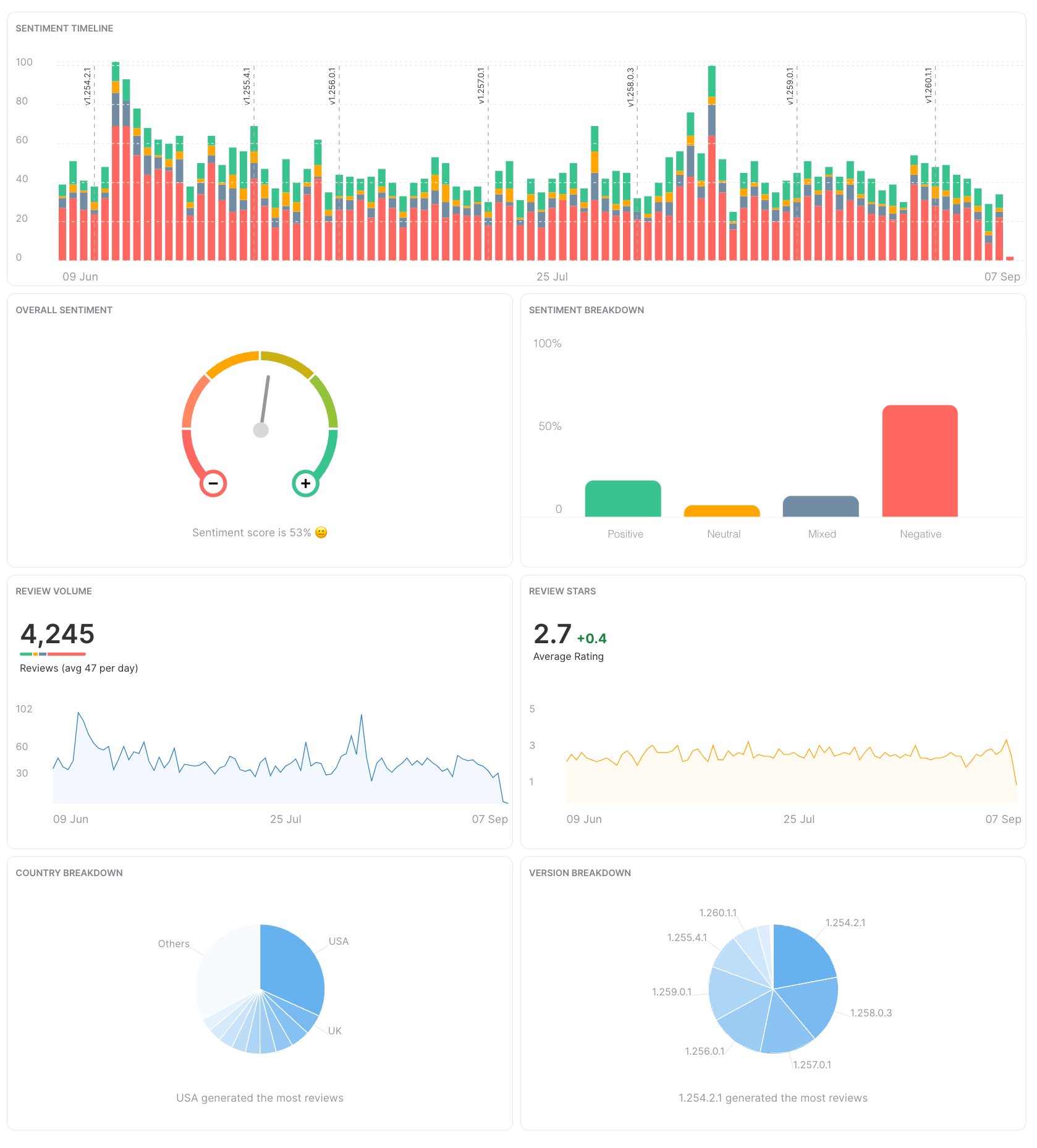
Typical reporting includes:
- Changes in sentiment over the reporting period.
- Average rating in the reporting period.
- Review volume trends.
- Country breakdowns / distribution.
- Version breakdowns / distribution.
Of course (shameless plug!) Appbot is the best choice for sentiment and review reporting - you can see an example of the type of Sentiment report we can product for your app in minutes, above.
Engagement & retention
There isn't a lot of point getting all those downloads if users don't stick around. Things such as time spent in the app, opens per day, etc can have a huge impact on the success of the product.

Typical reporting includes:
- Active users
- Returning user %
- Session duration
- Screens per session
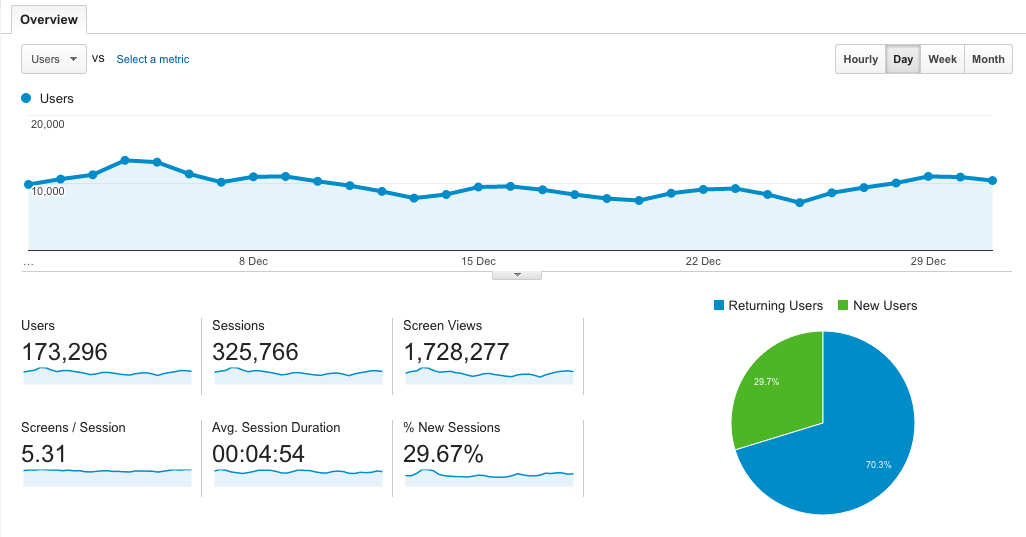
Google Analytics or Mixpanel are popular tools for engagement and retention reporting for apps.
Update / release reporting
Moving fast with releases and updates is key to any mobile app, but measuring the impact of updates on the happiness of the end user is essential to making sure you are moving in the right direction.
Select an app review tool that covers:
- New releases in the time period
- New features contained in the update
- Uptake of the new version
- Sentiment and review count of each version released
- Bugs and issues introduced
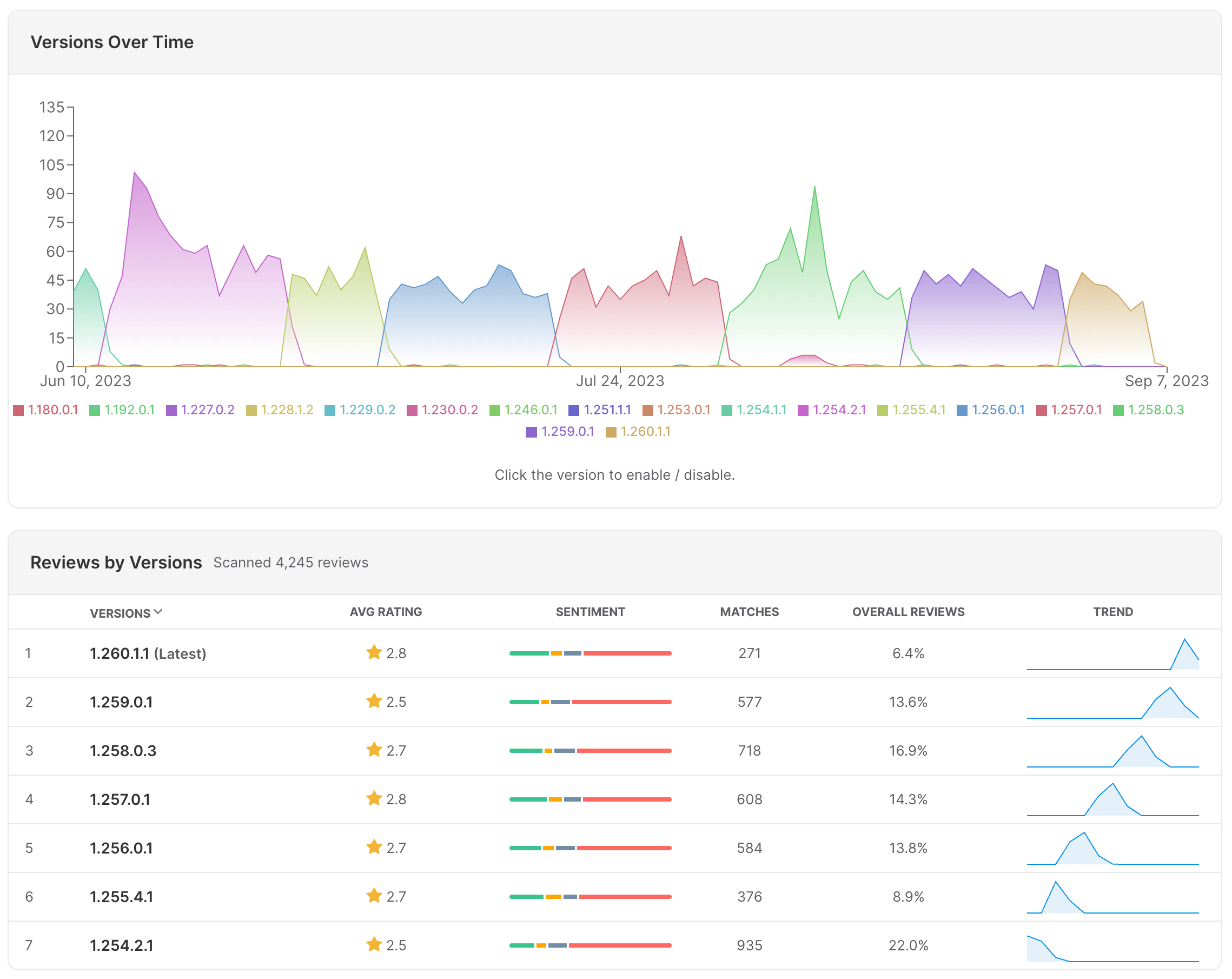
You'll need Appbot for this mobile app reporting amazingness 🙂
Reply statistics
Replying to reviews is essential for happy customers. However, 97% of developers ignore them. Would you ignore support requests in another medium?
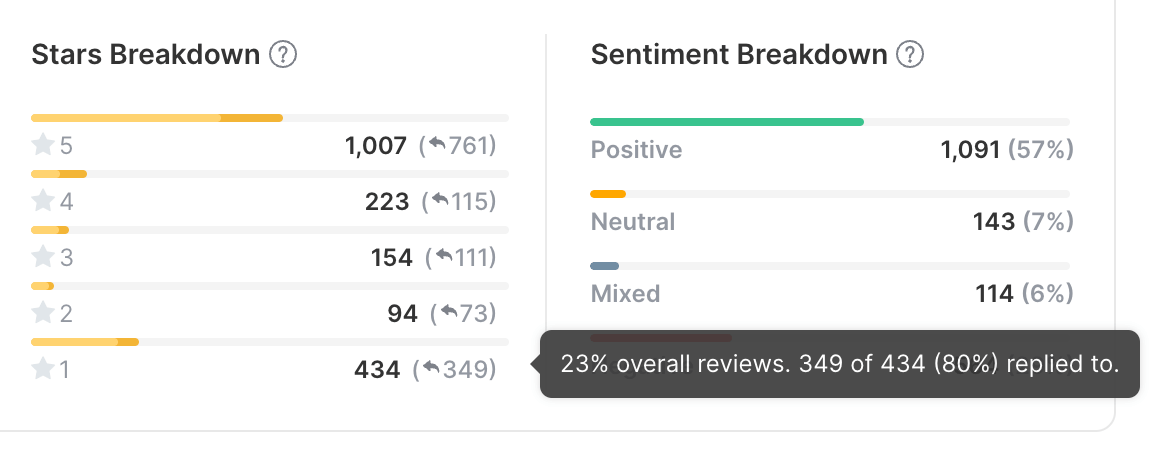
Typical reporting includes:
- Reply rates
- Impact of replying (improving rating after replies).
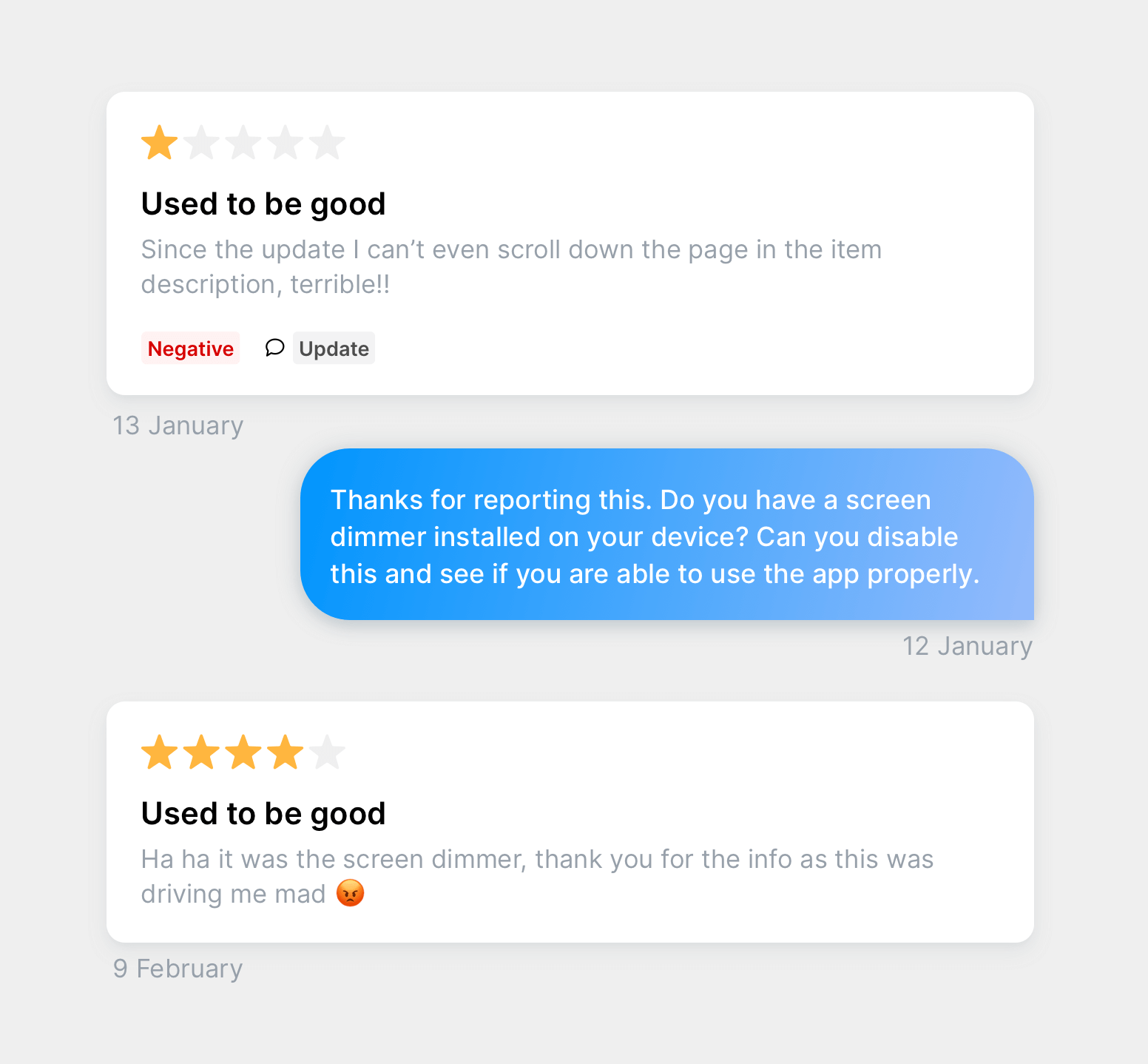
You'll want Appbot for managing and reporting on replies.
Acquisition
Acquiring new users doesn't just happen magically. Typical reporting includes:
- Cost per install (CPI) for advertising.
- Advertising sources / costs.
- Promotions
- SEO
- ASO
- Social engagement
- Gamification results
This information needs to be gathered from different advertising platforms and social media sites.
Roadmap
The majority of product managers say a key component of their job is deciding what to put in the app next. Correctly prioritizing features and fixes is extremely important for happy users and continued growth.

Typically, product managers will rely on app review tools that can surface:
- Common themes and requests
- Features to be implemented
- Bugs to be fixed
- Deadlines

To roadmap effectively you'll need a tool that generates quantitative insights like (shameless plug!) Appbot as well as your customer support CRM.
Choosing the right app review tools is key to your success
Selecting the best app review tools is critical for every product manager of a mobile app. Understanding and communicating the progress and trajectory of an app benefits the entire team.
Look for tools that offer customizable reporting and, ideally, some level of automation to ensure you can focus your efforts on analysis and implementation, rather than number crunching.
Want to use the ultimate app review monitoring, tracking, and reply tool?
Join over 25% of the Fortune 100 and 35% of the top charting app developers using Appbot.
Try Appbot, free for 14 days →Where to from here?
- Discover effective strategies to managing app store ratings and reviews for app success.
- Unlock valuable insights into user sentiment with our powerful sentiment analysis tool for informed decision-making.
- Reply to app store reviews on the Apple and Google Play stores for happier customers and better star ratings.
- Explore the benefits of slack app store integration for seamless communication and review tracking.
About The Author

Stuart is Co-founder & Co-CEO of Appbot. Stuart has been involved in mobile as a developer, blogger and entrepreneur since the early days of the App Store. He built the 7 Minute Workout app in one night and blogged the story of growing the app to 2.3 million downloads before exiting to a large fitness device company. Previously he was the co-founder of the Discovr series of applications which achieved over 4 million downloads. You can connect with him on LinkedIn.
Enjoying the read? You may also like these
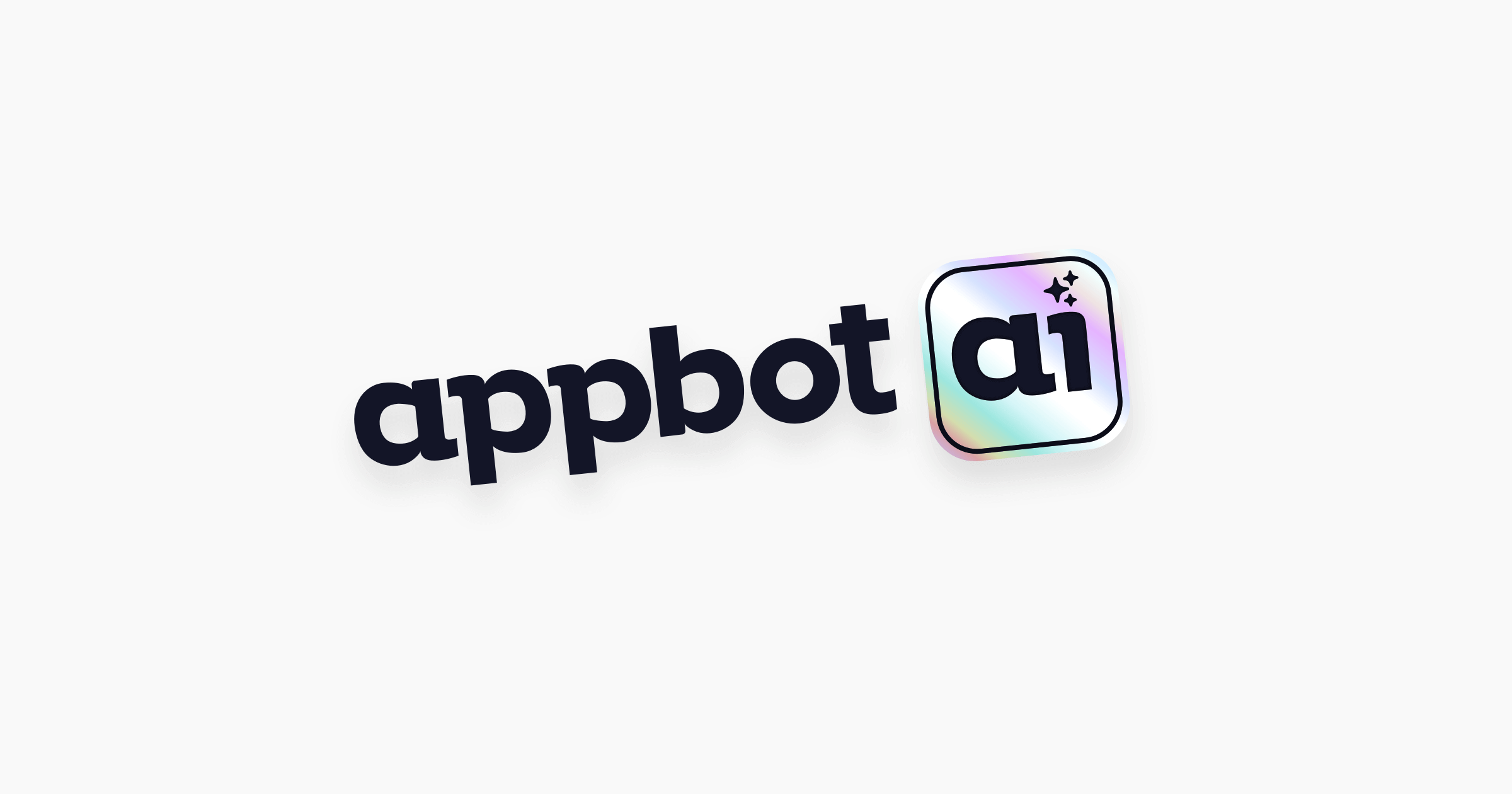 Introducing Appbot AI
Introducing Appbot AI Appbot is leveraging next generation AI to offer even more powerful, personalized and time-saving features for managing app reviews. We're working with Chat GPT and others to ensure our customers remain at the forefront of the adoption curve, and stay ahead of their competitors.
Learn more about App Review and Ratings tools - what are they, how they work, benefits, how they improve app ratings and why you need one.
In this article we explore best practices used by top charting apps to get more (and better) reviews and put review feedback to good use.
The complete guide to app store review analysis to help app developers improve their app, boost their star ratings and drive higher downloads and revenue.


